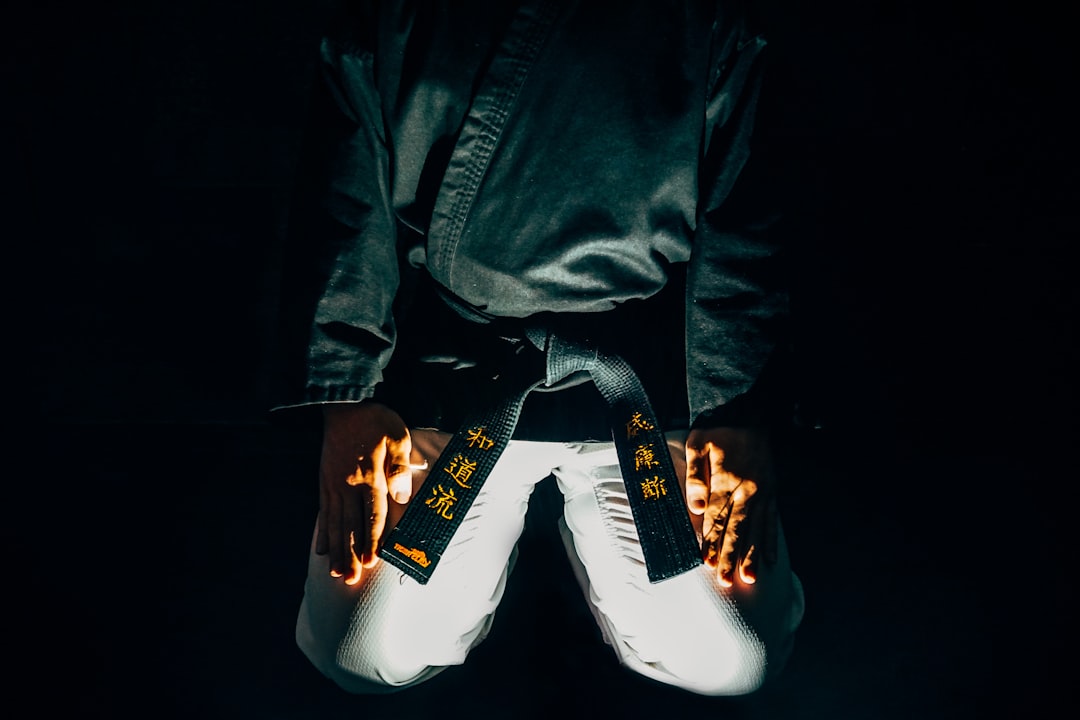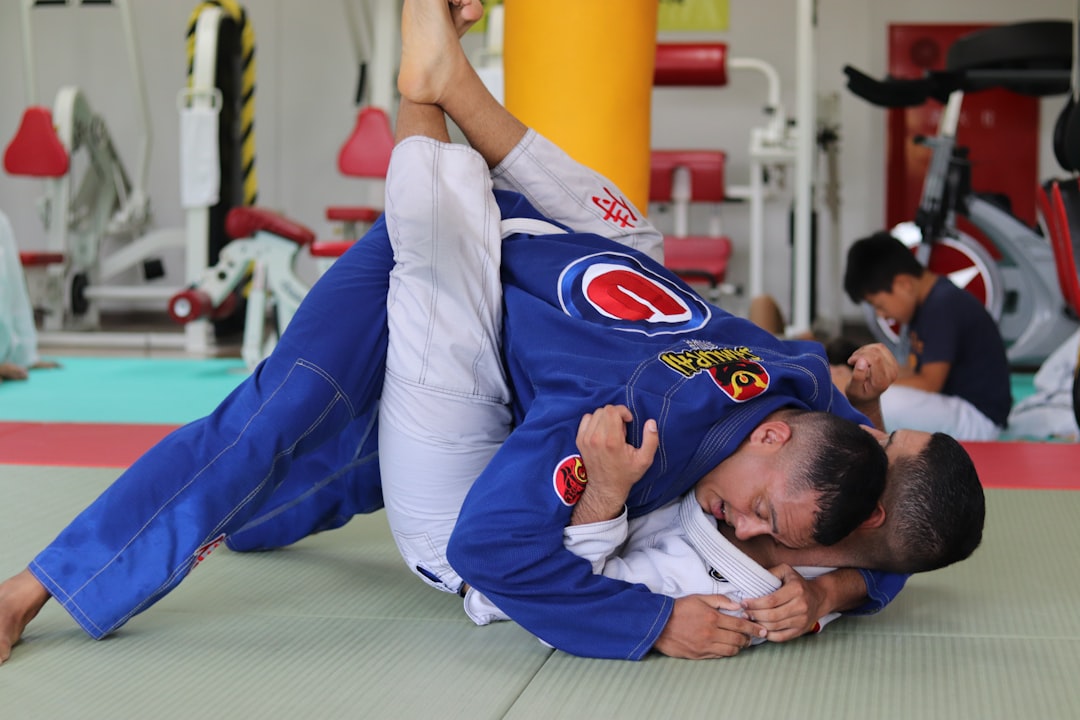The karate gi, a universally recognized term for the martial arts uniform worldwide, is more than just an outfit; it's a symbol of respect and adherence to tradition. Its design, primarily white, signifies purity and humility, reflecting the karateka's mindset during training. The article explores the evolution of the gi from its kimono origins to its current standardized form, which balances cultural heritage with practical performance needs. Practitioners are advised to choose their karate uniform carefully, prioritizing comfort, fit, durability, and breathable fabric—like a blend of cotton or polyester—to ensure an optimal training experience. A well-fitted gi is crucial for executing techniques without restriction and should be color-compliant with your dojo's protocols to maintain respect and order within the practice environment. The karate uniform, in essence, is integral to both the martial art's cultural significance and the practitioner's physical performance.
Karate practitioners around the world are familiar with the iconic white garb they don during practice and competition. Known as a “karate gi,” this outfit is more than just a uniform; it’s a symbol of discipline, respect, and tradition. This article delves into the significance of the karate gi, tracing its historical evolution and offering guidance on selecting the perfect attire for both beginners and seasoned practitioners. Whether you’re new to the martial art or looking to deepen your understanding of its cultural roots, understanding the karate uniform name and its role is key to appreciating the depth of this ancient discipline.
- Understanding the Essentials: The Karate Uniform Name and Its Significance
- The Evolution of the Karate Gi: A Historical Perspective on Traditional Attire
- Choosing the Right Karate Uniform: Factors to Consider for Beginners and Practitioners Alike
Understanding the Essentials: The Karate Uniform Name and Its Significance

When engaging in karate, donning the appropriate attire is a tradition that holds significant meaning. The karate uniform, known as a gi, serves as more than just a garment; it represents respect for the discipline and its history. The gi typically consists of a jacket, trousers, and belt, each with specific colors and patterns denoting rank and affiliation to a particular dojo or style. Understanding the essentials of the karate uniform name is crucial for practitioners who wish to adhere to the martial art’s customs. Is the term “karate gi” used universally, or are there regional variations? The gi, indeed, is the standard term globally for the karate uniform. It is a term that not only identifies the garment but also connects practitioners to the rich heritage of karate. The gi’s design facilitates movement and allows instructors and peers to evaluate form and technique during practice or competition. What is the significance behind the white color of the karate gi, often seen in most dojos? The white color symbolizes purity, humility, and a blank slate, reflecting the mindset of the karateka as they train—a tradition deeply rooted in the discipline’s philosophy and practice.
The Evolution of the Karate Gi: A Historical Perspective on Traditional Attire

Throughout history, the karate uniform, commonly known as a gi, has undergone significant changes to reflect both the cultural significance and practical needs of martial artists. Originating from the traditional Japanese kimono, the evolution of the karate gi is a testament to the adaptability and influence of this combat sport on global athletic wear. Initially, practitioners in Okinawa adapted the common garments available at the time, which were largely influenced by Chinese martial artists’ attire. As karate began to spread beyond its origins, the design of the gi evolved to meet the demands of the sport and the preferences of different cultures.
The modern karate uniform, known as the ‘karate gi,’ typically consists of a jacket, trousers, and a belt, known as an obi. Over time, the length and fit of the gi have been adjusted for functionality and to standardize the attire across different practitioners and schools of karate. The fabric composition has also shifted, with many modern gis being made from lightweight cotton or a cotton-polyester blend that allows for greater mobility and comfort during practice and competition. What exactly constitutes a karate gi can vary, but it is universally recognized for its durability, functionality, and adherence to the traditional ethos of the martial art. Does the traditional kimono directly influence today’s karate gi? Yes, the original kimono’s design and style have been preserved in the modern gi, with modifications made to suit the athletic needs of karateka. How has the karate gi changed from its ancient roots to the contemporary version worn today? The karate gi has evolved from a traditional Japanese garment into a more functional and standardized piece of athletic wear, reflecting both the sport’s cultural origins and its modern global practice.
Choosing the Right Karate Uniform: Factors to Consider for Beginners and Practitioners Alike

When selecting a karate uniform, also known as a gi, beginners and practitioners alike should consider the material, fit, durability, and color to ensure they have an optimal training experience. The material of the gi is crucial for comfort and mobility; it’s best to choose a cotton or polyester blend that allows for ease of movement while withstanding the rigors of karate practice. Does the fabric feel comfortable against your skin? Is it breathable, which helps in managing body temperature during intensive workouts? These are important factors to consider. Additionally, the fit of the gi should be snug yet not restrictive; it should not be so loose as to catch on movements, nor so tight as to constrain range of motion. Practitioners should look for a well-fitted uniform that allows them to execute techniques with full flexibility. Moreover, durability is key; a high-quality gi will hold up over time and maintain its shape after repeated washing and use. Consider the stitching and reinforcement in stress points like the knees and elbows, which often take the brunt of the action during karate practice. Lastly, while there is no mandatory color for practicing karate, many dojos have specific requirements or preferences. It’s important to check with your sensei or the leadership at your dojo to ensure your uniform adheres to their guidelines. Is the color of the gi acceptable for your training environment? Ensuring compliance with dojo policies is a respectful and considerate approach to your training. By carefully considering these aspects, both beginners and experienced practitioners can find a karate uniform that meets their needs and contributes positively to their martial arts journey.
In conclusion, the karate uniform, commonly referred to as a gi, serves as more than mere attire; it represents tradition, discipline, and respect for the martial art’s origins and practice. From its historical roots to the modern-day applications, selecting the appropriate gi is essential for both beginners and seasoned practitioners alike. Understanding the evolution of this traditional garb not only enriches one’s appreciation for karate but also underscores the significance of the uniform name within the broader context of martial arts culture. Whether you are stepping onto the dojo floor for the first time or continuing your journey in mastering the art, the karate uniform is an integral part of your training, embodying the essence of karate’s timeless principles.
